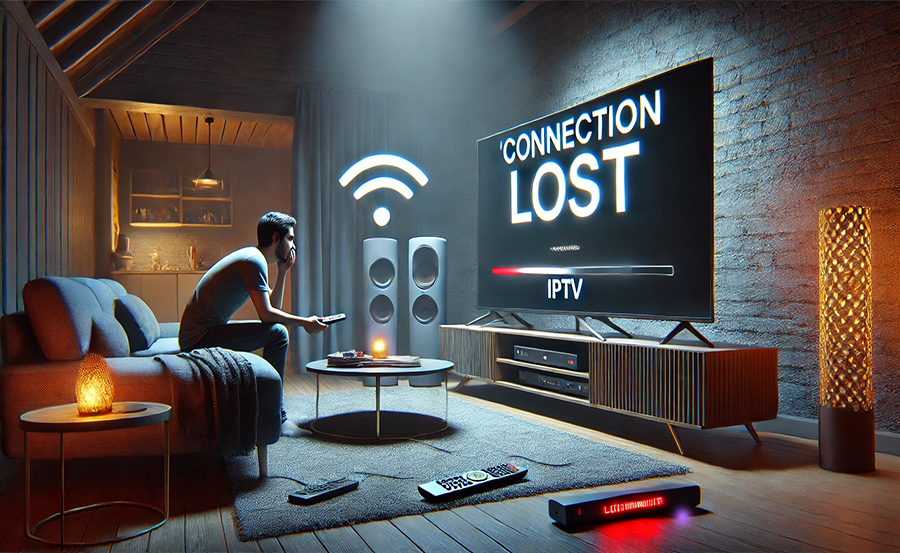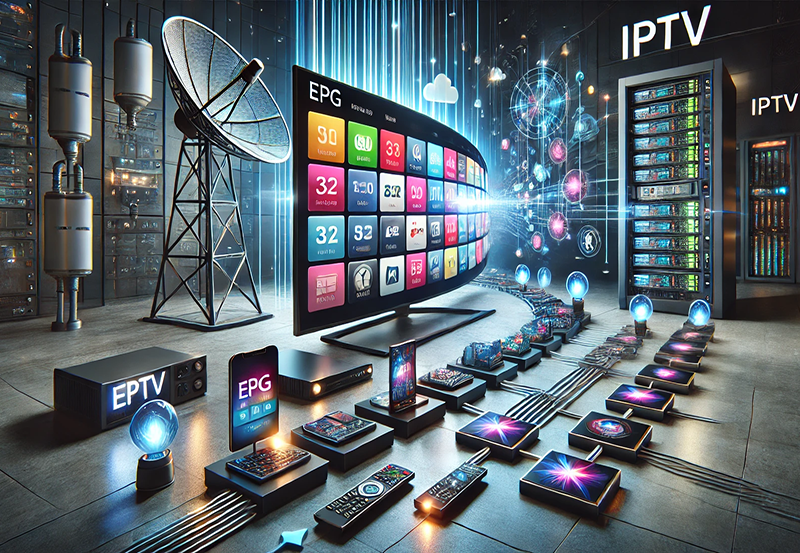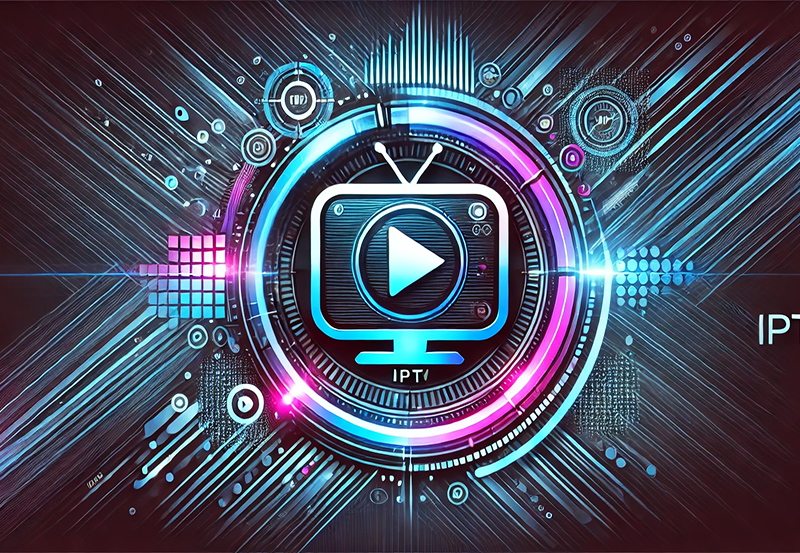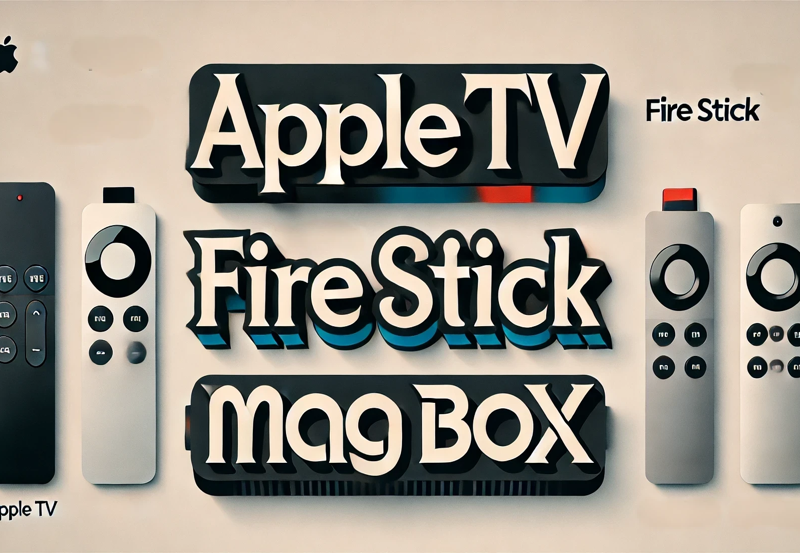IPTV, or Internet Protocol Television, has transformed the way we watch TV. Offering more flexibility than traditional cable services, IPTV allows users to stream their favorite shows and movies over the internet. However, like any internet-based service, it can sometimes face connectivity issues. This comprehensive troubleshoot checklist aims to address common IPTV connection problems, ensuring a smoother viewing experience.
Buy 1 Year IPTV Subscription and Enjoy Unlimited Content
Understanding the Basics of IPTV
Before diving into troubleshooting, it’s essential to understand how IPTV works. As a modern alternative to cable television, IPTV delivers content using internet protocol networks. Unlike traditional television broadcasting methods, IPTV transmits media in a packet format over the internet, much like how websites reach your browser.
How IPTV Differs from Traditional TV
Traditional television relies on satellite or cable signals to deliver content. This means you’re often tied to specific programming schedules. In contrast, IPTV provides on-demand content. It allows greater flexibility and control over what and when to watch.
With IPTV, you can access a wide range of channels and content providers, transforming your viewing habits and making it easier to tailor your entertainment to your preferences.
The Role of IPTV Service Providers
The quality and reliability of your IPTV experience largely depend on the service provider. Best IPTV service providers offer stable connections, a wide variety of channels, and excellent customer support. If you’re experiencing persistent issues, your provider might be the root of the problem.
Common IPTV Connection Issues
Despite its advantages, IPTV isn’t immune to technical challenges. Users often report similar issues, which can be attributed to either server-related problems or connectivity issues on the user’s end.
Buffering and Lag
Buffering and lagging are perhaps the most annoying issues IPTV users encounter. These problems can arise due to inadequate bandwidth, network congestion, or server-side delays. To alleviate this, ensure your internet speed meets the minimum requirements established by your IPTV service provider.
Additionally, try to minimize network traffic when streaming content by reducing the number of devices connected to your network.
Channel Freezing
Channel freezing occurs when a live stream suddenly stops, causing the screen to freeze mid-action. This could be due to network instability or technical glitches from the broadcaster’s end. Rebooting the device and router often helps resolve this issue.
Authentication Issues
Sometimes, you might find yourself locked out of your account or unable to authenticate. This typically happens due to incorrect login details or account configuration errors. Double-check your account credentials, and reach out to customer support if the problem persists.
Troubleshoot Solutions
With a basic understanding of potential issues, you can use the following checklist to troubleshoot and resolve common IPTV connection problems effectively.
Check Your Internet Connection
Your IPTV service relies on a stable internet connection. Run a speed test to confirm your bandwidth is sufficient for streaming and check if there are any network outages in your area. If possible, use a wired connection instead of Wi-Fi to ensure stability.
-
Run a speed test: Aim for a minimum of 10 Mbps for standard quality streaming and 25 Mbps for HD content.
-
Switch off other devices using your network to improve bandwidth.
-
Restart your modem and router to refresh your connection.
Update Your Device Software
Ensure all your devices, especially your streaming device, have the latest software updates installed. Outdated firmware can lead to compatibility issues, impacting streaming quality and reliability.
Optimize Settings for Streaming
Adjust the settings on your IPTV application or device to optimize performance. Lower quality settings may reduce buffering on slower connections. Additionally, consider changing the streaming protocol in your app settings if available.
Advanced Troubleshooting Tips
If basic solutions don’t seem to work, it might be time to delve into more advanced troubleshooting techniques. These can involve network diagnostics and software tweaks.
Analyze Network Traffic
Use network monitoring tools to analyze traffic and identify any potential bottlenecks. This can help you pinpoint exactly what might be causing the slowdowns or interruptions in your IPTV service.
Check for ISP Throttling
Some internet service providers throttle bandwidth for streaming, affecting IPTV performance. A VPN can bypass such restrictions, improving streaming speed and reliability.
Contact Your IPTV Provider
If all else fails, reaching out to your IPTV service provider might be necessary. They can offer more precise diagnostics or inform you about any ongoing service issues from their end.
Maintaining a Smooth IPTV Experience
To consistently enjoy IPTV without hiccups, it’s crucial to maintain both your internet and streaming devices properly. Regular maintenance ensures optimal performance and helps in avoiding most preventable issues.
Regularly Update Your IPTV App
Application updates often include bug fixes and improvements that enhance streaming performance. Set your apps to update automatically to keep current with technological advancements.
Clear Cache and Data
Over time, cached data can slow down your device and IPTV app. Regularly clear cache and unnecessary data from your devices to prevent lag and enhance performance.
Scheduling Downtime for Devices
Electronic devices benefit from occasional rest. Schedule downtimes for your streaming devices to avoid overheating and ensure smooth functioning.
Choosing the Right IPTV Service and Hardware
Selecting the right service provider and compatible hardware can significantly impact your IPTV experience, transforming your viewing habits and minimizing technical issues.
Evaluating the Best IPTV Service Providers
Choose IPTV service providers that offer robust customer support, a wide array of channels, and good reviews. Ask around in forums and communities to find the most reliable options.
Finding Reliable IPTV Resellers
Sometimes, going through IPTV resellers can offer more competitive pricing and additional services. Verify the reseller’s reputation and authenticity before committing.
Investing in Compatible Streaming Devices
Consider upgrading to compatible streaming devices curated to work seamlessly with your chosen IPTV service. Devices like smart TVs, set-top boxes, and media players can enhance your viewing experience with better performance and more features.
Creating an Ideal Home Setup for IPTV
Beyond choosing the right provider and hardware, optimizing your home setup plays a crucial role in achieving the best IPTV experience. Consider factors such as ergonomics, lighting, and overall ambiance.
Optimizing Room Layout
Arrange your furniture and television set to minimize glare and enhance comfort. This setup not only provides an enjoyable viewing experience but also reduces eye strain during long sessions.
Ensuring Sound Quality
Good sound is just as vital as crisp visuals. Invest in quality speakers or soundbars for a more immersive experience. Adjust the acoustics in your room to minimize echoes and enhance sound clarity.
Speaker Placement and Settings
Position speakers or sound systems correctly to ensure a balanced audio experience. Avoid placing speakers in corners or behind large objects that may obstruct sound.
Adjusting Lighting Conditions
Ambient lighting can drastically alter the IPTV experience, so adjust room lighting to create a comfortable viewing atmosphere. Dimmers and smart lights can provide the flexibility to change lighting based on content type or time of day.
Creative Closing Reflections
There you have it—a thorough checklist to troubleshoot and optimize your IPTV connection. While these insights aim to resolve common issues, maintaining a dynamic setup requires continual updates and openness to adopting new technologies. Embrace these strategies, and transform your IPTV viewing habits into a seamless, uninterrupted pleasure.
FAQs on IPTV Troubleshooting
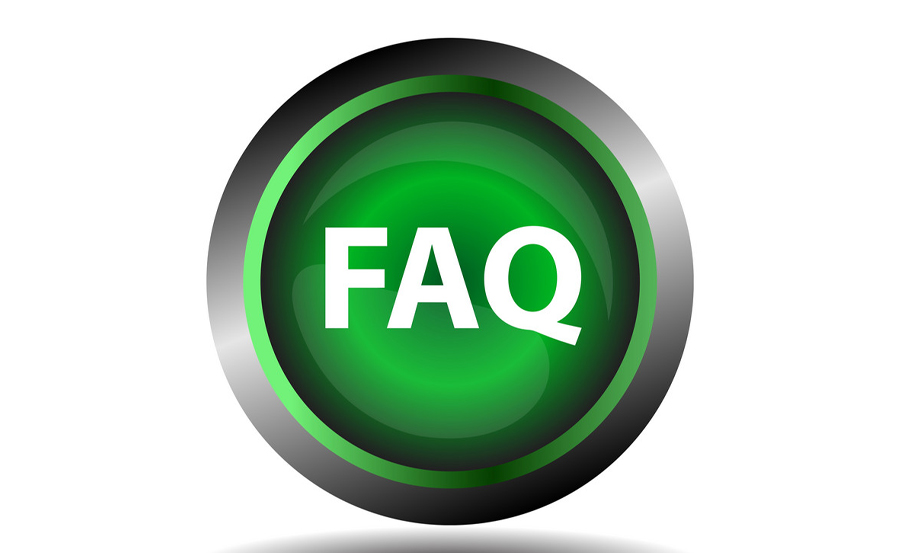
1. Can a VPN improve my IPTV streaming quality?
Yes, a VPN can help enhance IPTV streaming quality by bypassing ISP throttling and providing a stable connection. However, ensure the VPN service offers sufficient speed and a secure connection.
2. How often should I update my IPTV devices?
Regular updates are crucial. Check for updates at least once a month to benefit from the latest improvements and security patches, keeping your IPTV service running smoothly.
3. What should I do if my IPTV app keeps crashing?
If your app crashes frequently, try clearing the app cache, updating the software, or reinstalling the app. These steps can often resolve minor software glitches.
4. Are wired connections better for IPTV streaming?
Wired connections usually offer greater stability and speed compared to wireless connections, reducing the likelihood of buffering and disconnections during streaming.
5. How can I find the best IPTV service provider?
Research online reviews, user testimonials, and community forums. Additionally, check the provider’s channel offerings, pricing plans, and customer support before committing to a service.
6. Do IPTV services work on all smart TVs?
Most IPTV services support a range of smart TVs, but compatibility may vary. Check the service’s specifications to ensure it aligns with your smart TV’s capabilities.
7. Can outdated hardware affect IPTV performance?
Yes, using outdated hardware can significantly impact streaming quality. Upgrading to newer, compatible devices often results in better performance and reliability.
The Ultimate Guide to Setting Up IPTV Smarters

